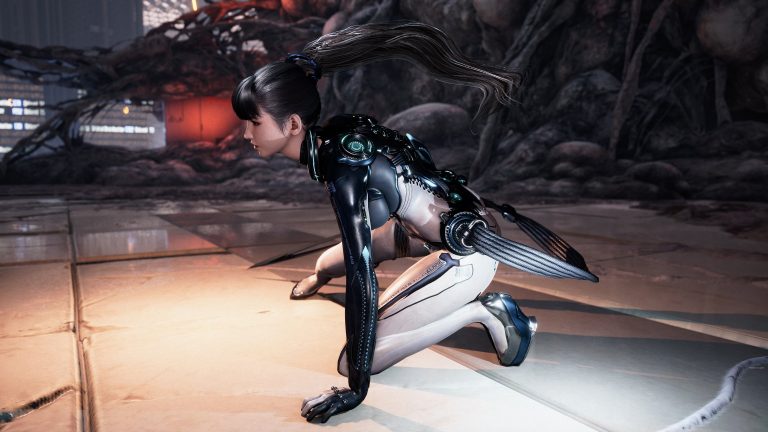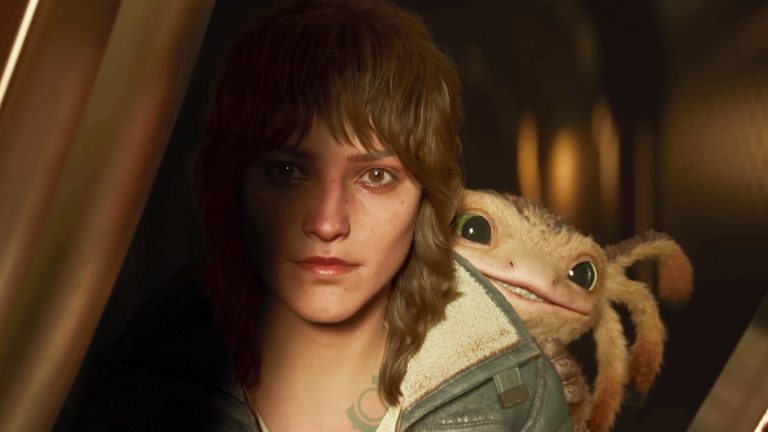Is Stellar Blade Oversexualizing Our Youth?

The gaming industry, a multi-billion dollar behemoth, has long been a source of fascination and, dare I say, consternation for us outsiders. While captivating graphics and intricate storylines hold undeniable allure, the potential impact of video games on impressionable young minds remains a topic of much debate. My area of expertise, curriculum development for adolescents, compels me to delve into the recent controversy surrounding Stellar Blade, a new action role-playing game (RPG) with a particular focus on its lead character, Eve.
Eve, depicted as a scantily clad warrior wielding impossibly proportioned weaponry, has ignited a firestorm of criticism. Parents’ groups and social commentators alike are up in arms, decrying the game’s sexualization of its characters and its potential to warp the moral compass of our youth. Psychologists, ever the diplomats in these situations, urge caution, suggesting that while the game’s content may be inappropriate for certain age groups, it’s important to avoid demonizing the entire gaming medium.
My carpal tunnel incident from my misspent college years playing too much Pong (yes, I’m that old) instilled in me a healthy respect for ergonomics and the great outdoors. However, through my research and interviews with educators and industry professionals, I’ve developed a keen understanding of the potential influence video games can have on young people.
The crux of the Stellar Blade debate hinges on the concept of social learning theory. This theory, championed by psychologist Albert Bandura, posits that individuals learn through observing the behaviors of others, particularly those they admire or identify with. In the context of video games, a player who embodies a hyper-sexualized character like Eve for extended periods may begin to internalize those characteristics, potentially impacting their own social interactions and perceptions of beauty.
Dr. Amelia Moore, a prominent researcher in the field of digital literacy, goes a step further. In her groundbreaking study, “Pixels and Perception: The Influence of Video Game Characters on Adolescent Body Image,” Dr. Moore highlights the dangers of unrealistic portrayals. “When young people are constantly bombarded with images of characters like Eve, it can create a distorted sense of what constitutes physical attractiveness,” she argues. “This can lead to feelings of inadequacy and a preoccupation with achieving an unattainable physical ideal.”
The gaming industry, for its part, maintains that video games are a form of artistic expression, and that censorship would stifle creativity. They point to the presence of ratings systems, designed to inform parents about the content of games, as a sufficient safeguard. However, critics argue that these ratings are often opaque and easily circumvented by determined youngsters.
So, what’s the solution? The answer, as with most things in life, is likely multifaceted. Increased parental involvement is crucial. Parents should familiarize themselves with the ESRB ratings and actively engage with their children about the content they consume. Open communication is key. Schools can also play a role by incorporating digital literacy programs into their curriculum, teaching students how to critically evaluate the messages they encounter online, be it in video games or on social media.
Ultimately, the debate surrounding Stellar Blade is a microcosm of a larger conversation about the impact of media on our youth. While video games offer undeniable entertainment value, it’s our collective responsibility to ensure they don’t come at the expense of our children’s well-being. Let’s strive for a future where games can spark creativity and critical thinking, without sacrificing moral development on the altar of pixelated pulchritude.






